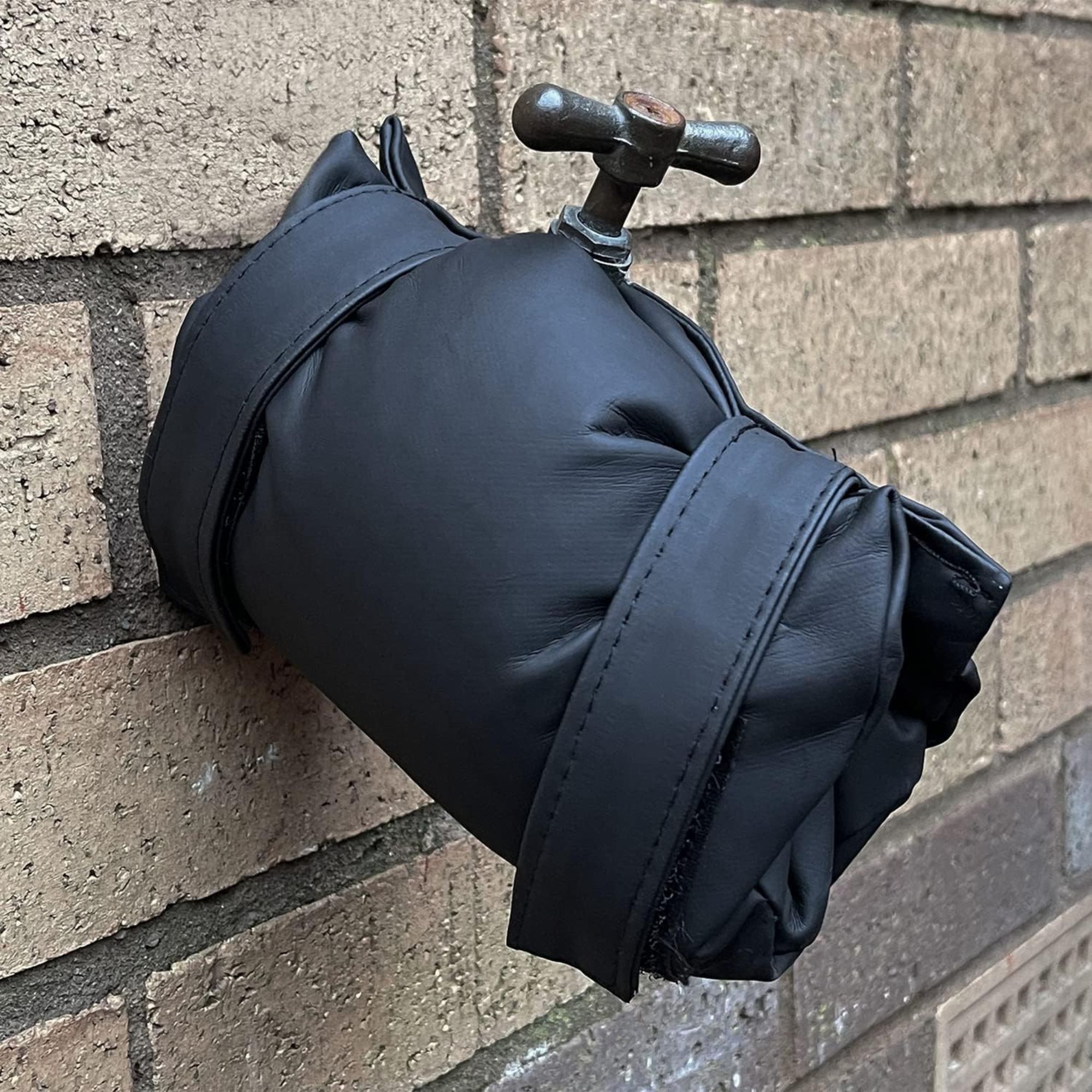How to winterise an outdoor tap - 5 steps you must follow to prevent freezing and burst pipes, according to experts
Knowing how to winterise an outdoor tap can save your bacon
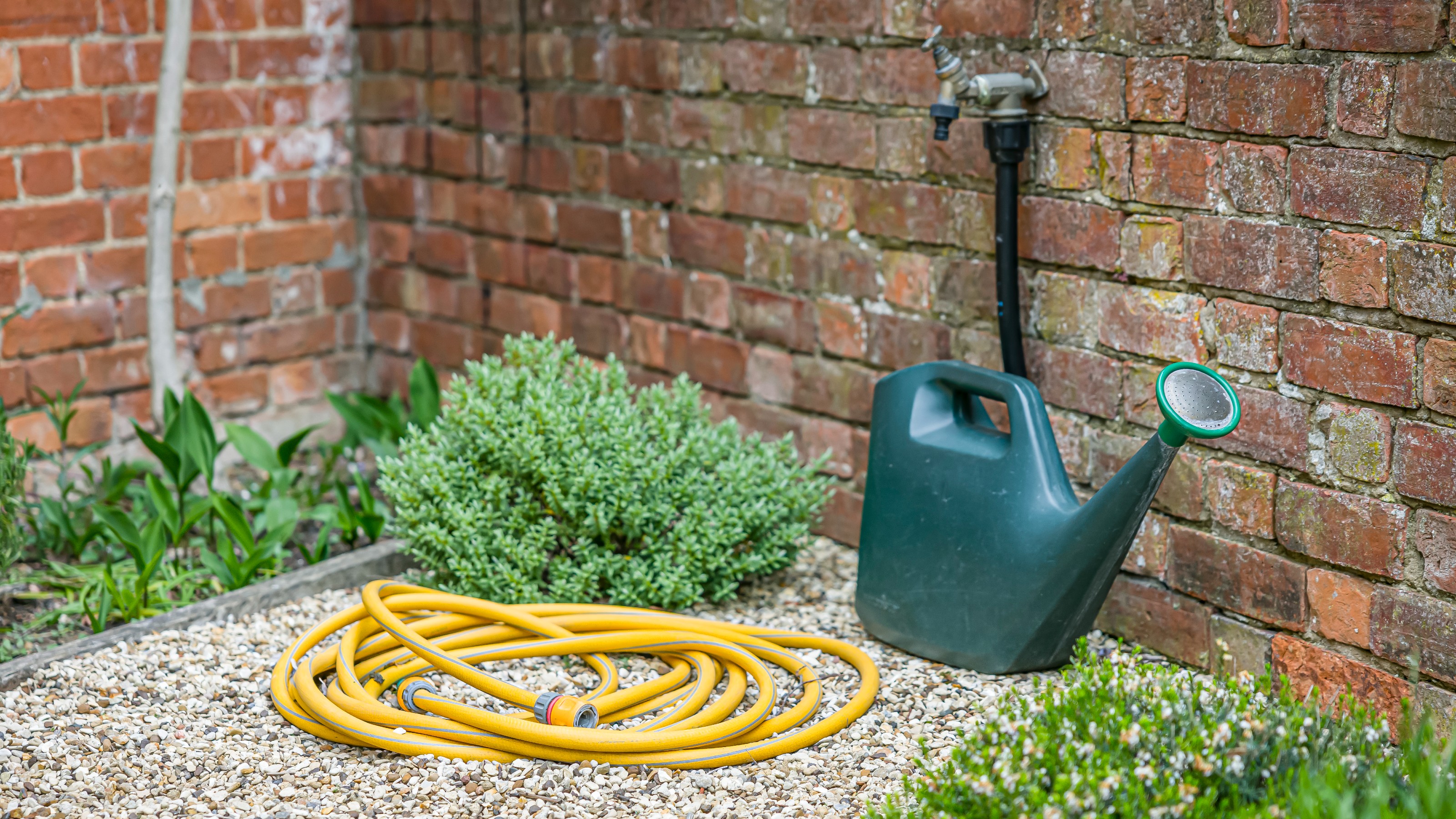

Although you’re probably ready to hunker down and hibernate for the winter months, preparing both the inside and outside of your home for the upcoming cold snap is important. As part of that, knowing how to winterise an outdoor tap is crucial to to avoid disaster.
Whether you use your outdoor tap to water your garden borders, power your irrigation system, add the finishing touch to your outdoor sink idea, or fill up one of the best hot tubs, there’s no doubt about the fact that they can come in extremely handy during the warmer months. But with limited insulation of their own, outdoor taps often struggle when the temperatures drop.
As Toby Burton, managing director at Burton Smith Plumbing and Heating, explains, ‘As winter sets in, don’t forget about your outdoor taps! A little prep now can save you from burst pipes and expensive repairs later.’
1. First, give it a once-over
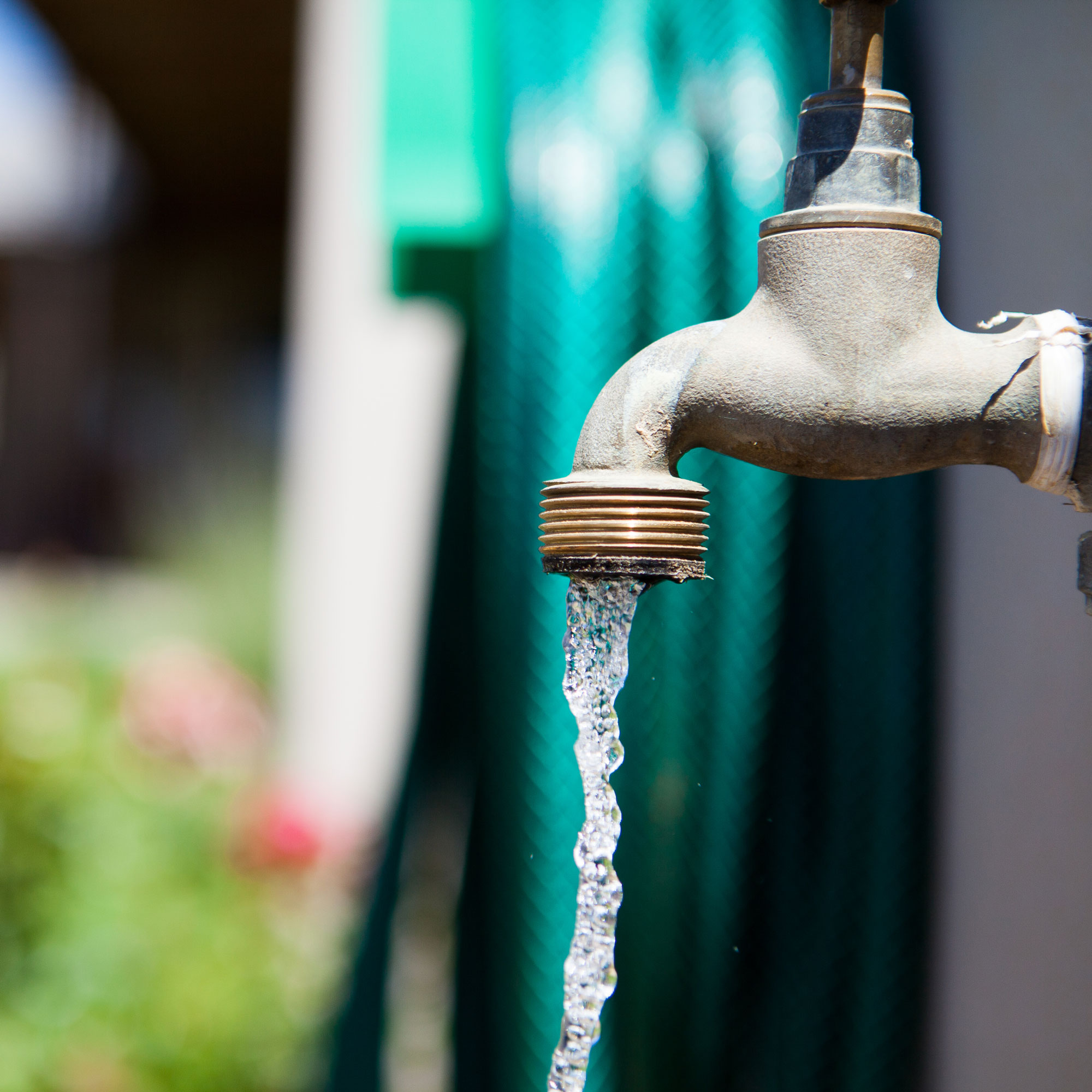
Whether you used your outdoor tap religiously during the spring and summer months or rarely used it, it’s always a good idea to give it a once-over before winterising it.
Calum Maddock, gardening expert at HomeHow.co.uk, explains, ‘Before winterising, you should inspect the outdoor tap for any leaks and repair them promptly to avoid water damage.’
During this time, it’s also a good time to consider your own DIY skills. Although it’s fairly easy to winterise an outdoor tap, it can be an expensive fix if you do it wrong. So, decide whether you feel confident enough to tackle this challenge.
Calum agrees, saying, ‘If you have a complex plumbing system or if you’re unsure about the process, consult with a professional plumber to ensure proper winterisation.’
Get the Ideal Home Newsletter
Sign up to our newsletter for style and decor inspiration, house makeovers, project advice and more.
2. Turn off the water supply
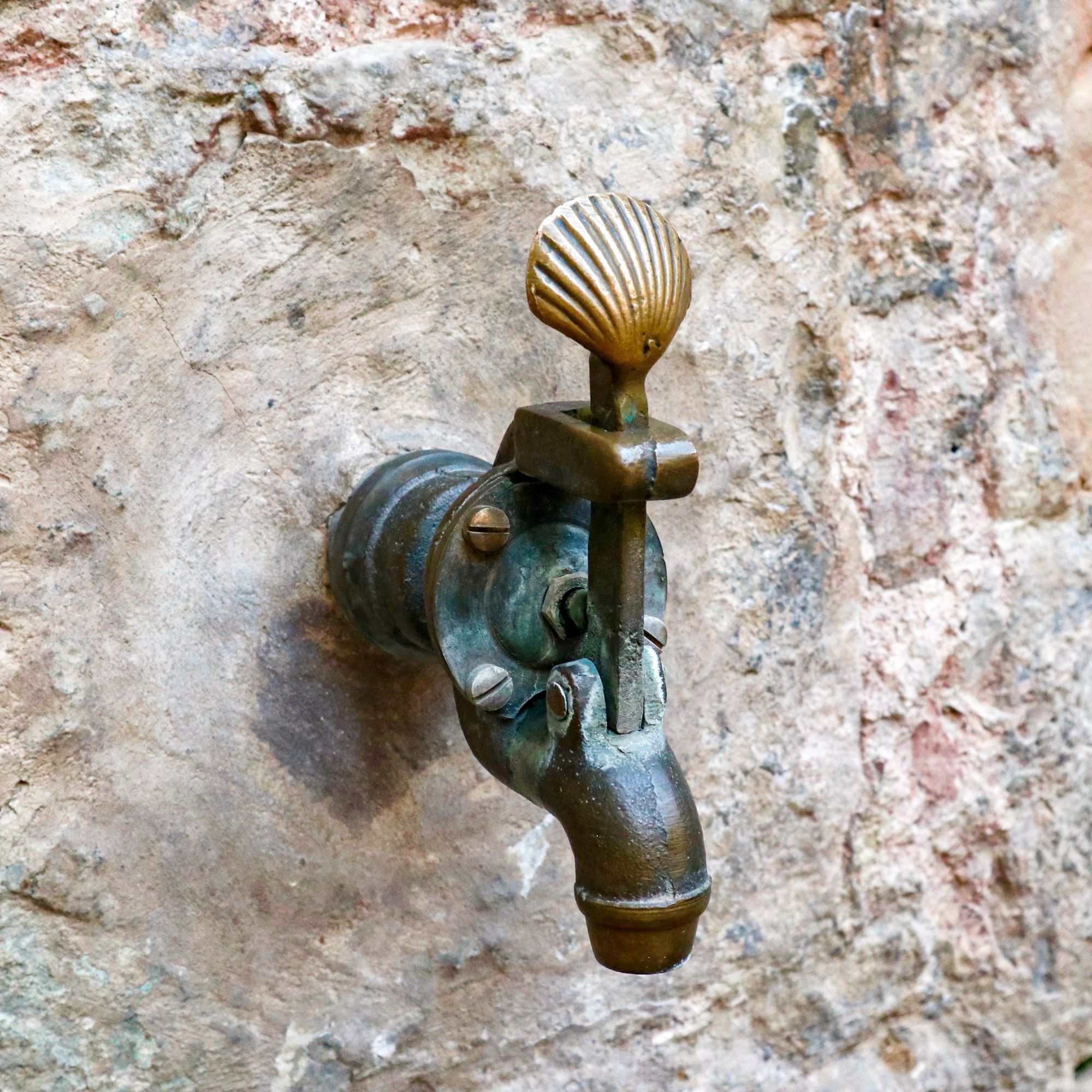
When dealing with any kind of water source - whether you’re bleeding a radiator or installing a boiling water tap - you should always turn off the water supply before you do anything else. This is for your own safety and to make things easier (and cleaner!)
Max Ledsham, from Kingfisher Direct, explains, ‘To winterise your outdoor tap, start by turning off its water supply. This can be done by locating the stopcock and turning it clockwise until it is turned off.’
The location of a stopcock will vary from house to house, but in many cases, you will find it next to your water meter. Just make sure that you’re turning off the isolating valve for your outdoor tap rather than your water supply as a whole.
And when you’ve done that, Calum suggests ‘opening up the outdoor tap to allow any remaining water to drain out.’
3. Remove and drain any attachments
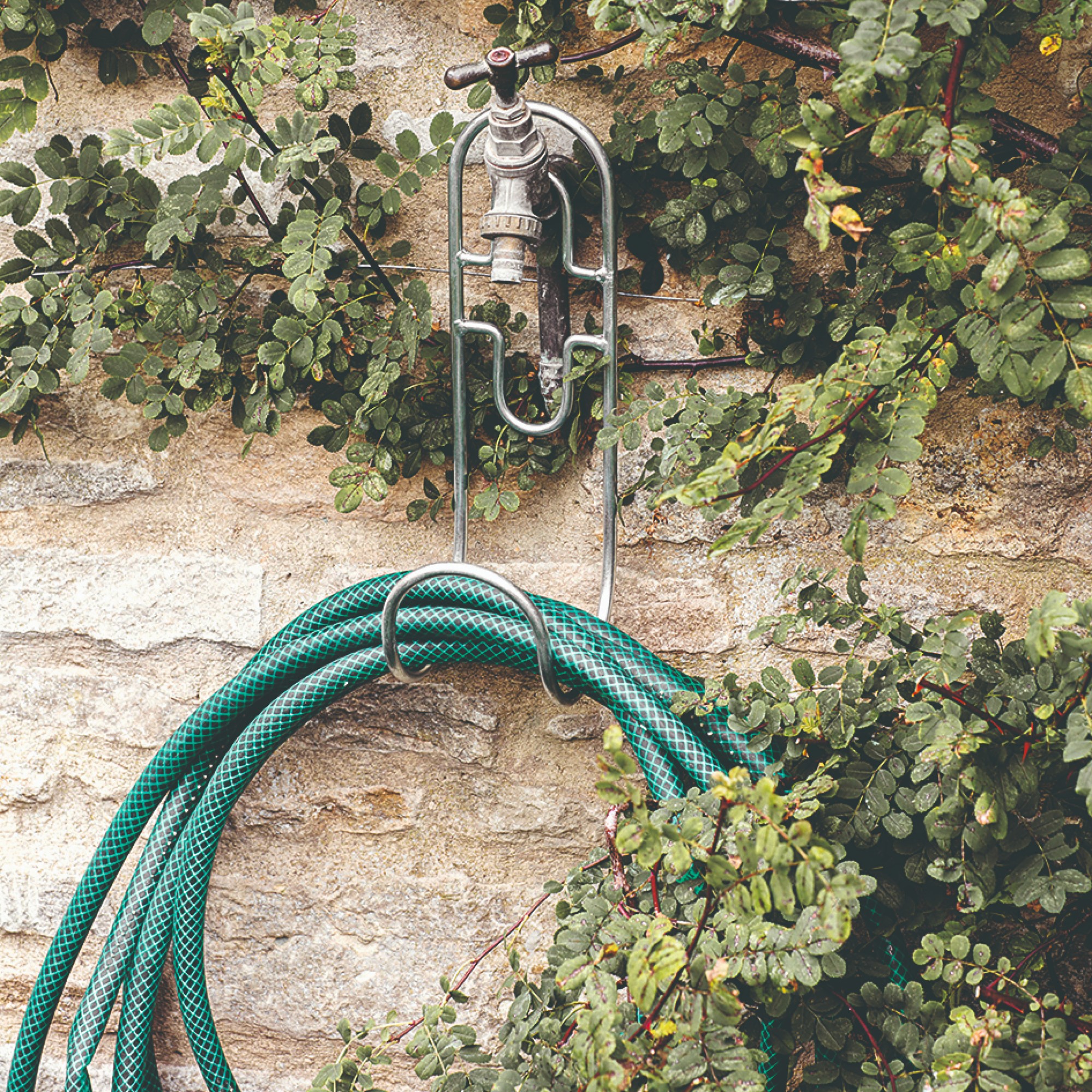
An outdoor tap is often just a means to an end - and you’ll also use an outdoor tap with hoses, tap connectors, sprinklers, and even smart garden tech. So, you should remove any attachments from the outdoor tap and drain them to remove any lingering water.
Max says, ‘This is an extremely important step as when water freezes it expands and can result in cracked or burst pipes, resulting in leaks when the temperature rises. In addition, burst pipes must be fixed by a professional plumber, making them a costly issue.’
You can then take steps to protect a garden hose in winter, which involves coiling it up (ideally without any kinks or knots) and then storing it undercover throughout the colder months.
4. Add some insulation
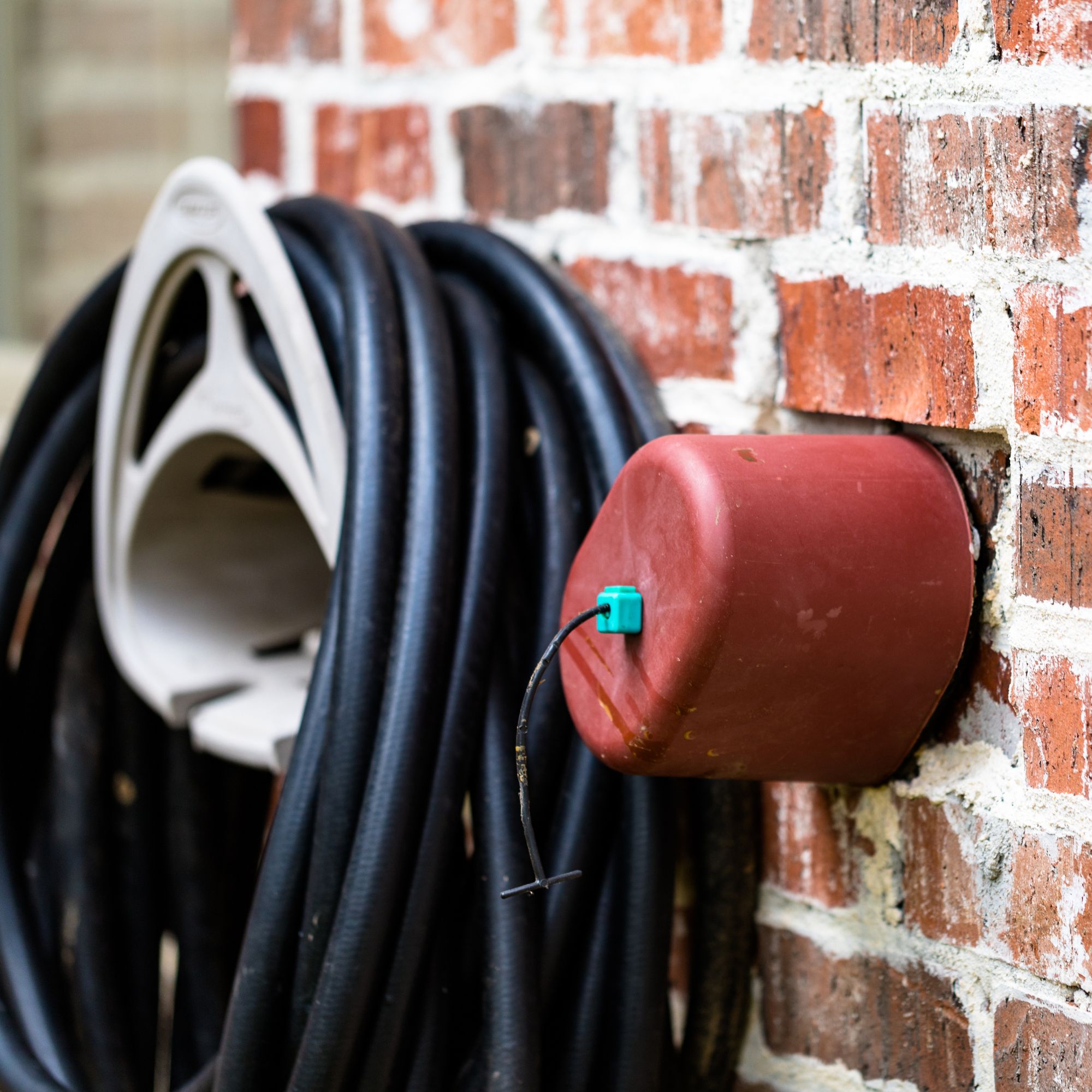
When everything is disconnected and you’re left with just the tap and the pipes, it’s then well worth adding some insulation into the mix if you want to winterise an outdoor tap successfully. Thankfully, this is relatively inexpensive and easy to do.
Calum says, ‘To insulate the tap, consider purchasing a tap cover specifically designed for winter protection. Install the cover securely over the tap, ensuring it has a snug fit to prevent cold air from reaching the pipes and causing the water to freeze inside.’
These covers come in many different forms, from hard-shell covers to softer covers that wrap around the tap and pipe. It doesn’t matter which one you choose, but just make sure you’re buying it from a reputable retailer and always check the reviews before handing over your hard-earned money.
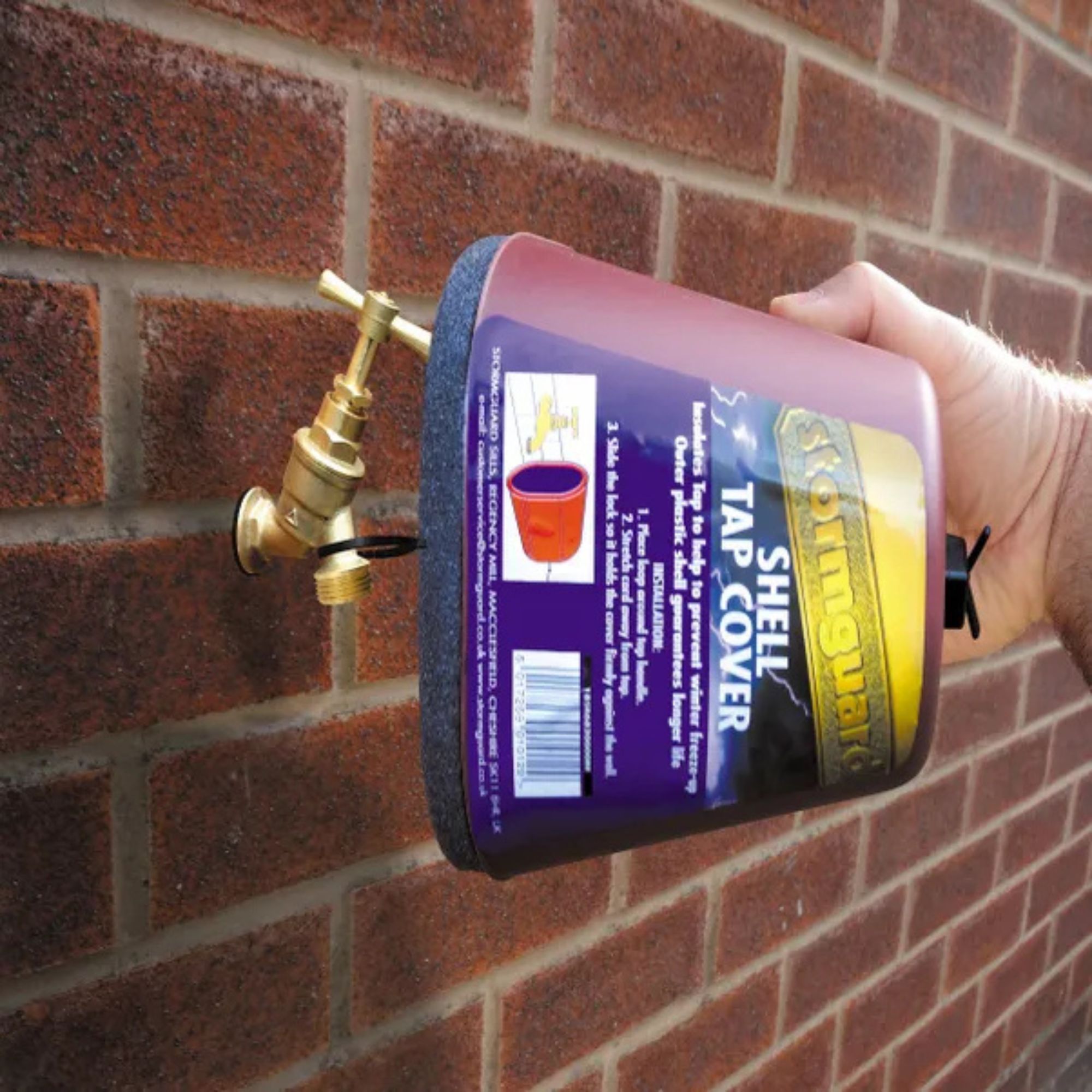
This hard shell tap cover is tough and durable, and extremely easy to install. Plus, it has an adjustable press and pull tight locking system to ensure a snug fit.
5. If you still have problems, consider replacing it
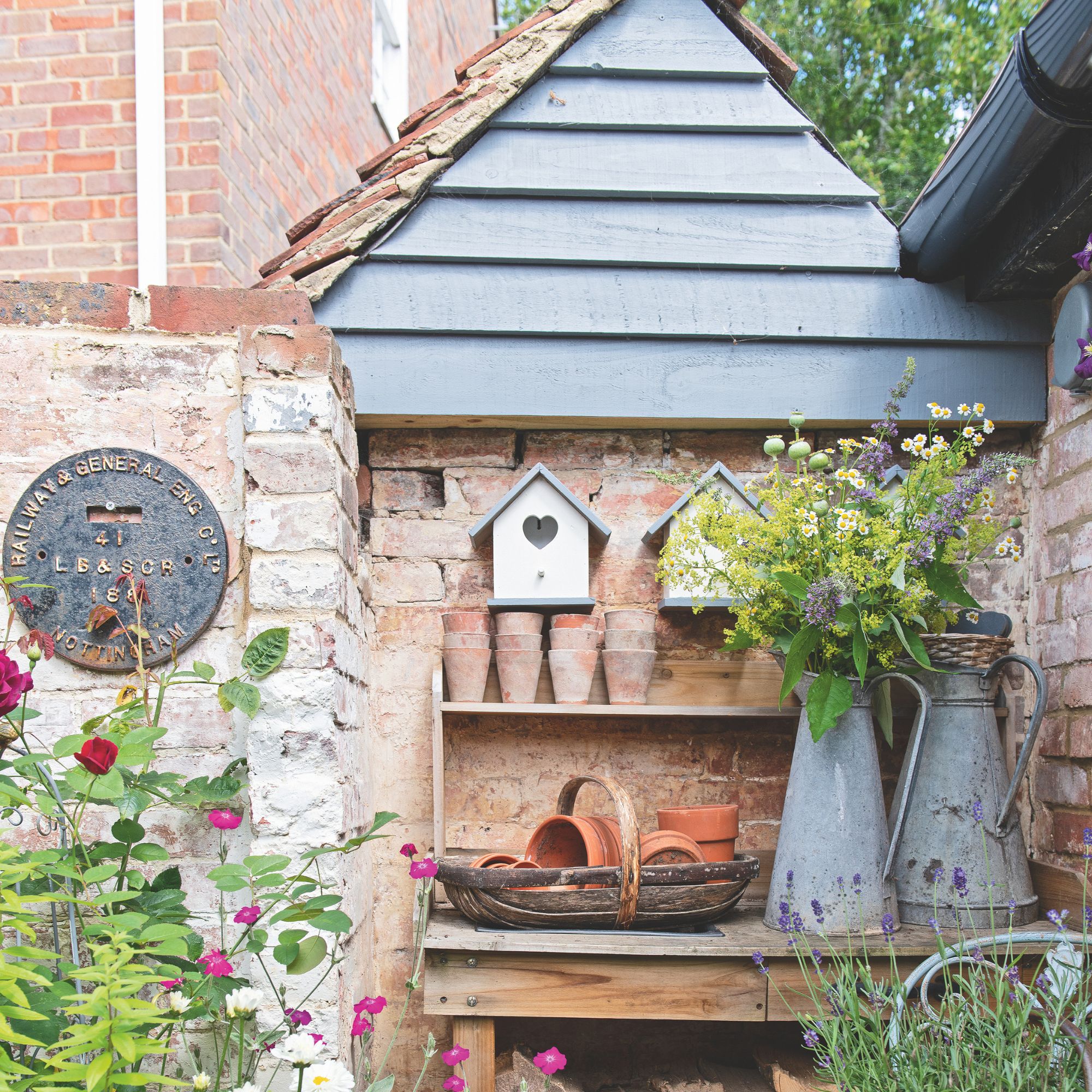
By winterising your outdoor tap every year, you should be able to keep it in shape for years to come. But if you find that you have problems throughout the colder months or at any point during the rest of the year, it might be worth replacing it.
Calum says, ‘If you live in a region that has extremely cold winters, consider installing a frost-free tap, which is specially designed to prevent water from freezing in the pipes.’
These won’t cost you a fortune, and this S&M's Anti-Frost Tap from Amazon will set you back just under £22. However, you might want to get a professional to install it to ensure it’s up to scratch.
FAQs
Should you leave outside taps open or closed in winter?
In winter, you should turn off the internal water tap that supplies the outside tap but leave the outdoor tap itself open.
This way, you can ensure that every last drop of water from the outdoor tap will leave the pipes while also being confident that no more water will enter the pipe. This will prevent the water from freezing and potentially expanding and damaging the pipes.
What happens if my outside tap freezes?
If your outside tap freezes, there’s a very high chance that the frozen water inside will continue to expand. This can lead to burst pipes, damaged joints and valves, and even internal leaks.
That’s why it’s so important to winterise and cover the outdoor tap with insulation during the colder months of the year. By doing this, you can protect your outdoor tap and your home as a whole.

Lauren Bradbury has been the Content Editor for the House Manual section since January 2025 but worked with the team as a freelancer for a year and a half before that. She graduated with a Bachelor’s degree in English and Creative Writing from the University of Chichester in 2016. Then, she dipped her toe into the world of content writing, primarily focusing on home content. After years of agency work, she decided to take the plunge and become a full-time freelancer for online publications, including Real Homes and Ideal Home, before taking on this permanent role. Now, she spends her days searching for the best decluttering and cleaning hacks and creating handy how-to guides for homeowners and renters alike, as well as testing vacuums as part of her role as the Ideal Home Certified Expert in Training on Vacuums, having spent over 110 hours testing different vacuum models to date!
-
 Will a conservatory add value to your home and how can you maximise it?
Will a conservatory add value to your home and how can you maximise it?This is what the pros say
By Amy Reeves
-
 I’ve been looking for a new signature scent for my home and The White Company's new fragrance is the exact summer holiday smell I needed
I’ve been looking for a new signature scent for my home and The White Company's new fragrance is the exact summer holiday smell I neededSantorini smells fresh, summery and sophisticated
By Kezia Reynolds
-
 How to remove algae from garden walls in five steps – and the cleaning product experts rave about for tackling it fast
How to remove algae from garden walls in five steps – and the cleaning product experts rave about for tackling it fastExperts share their top tips for getting garden walls algae-free
By Katie Sims
-
 I’m seeing pastel garden furniture at all my favourite brands this spring, but QVC’s sorbet collection impressed me the most
I’m seeing pastel garden furniture at all my favourite brands this spring, but QVC’s sorbet collection impressed me the mostFresh pastel shades are a great way to liven up your outdoor space
By Kezia Reynolds
-
 I spent the afternoon looking through Wayfair's garden sale – these are the 6 pieces I'm buying immediately for summer
I spent the afternoon looking through Wayfair's garden sale – these are the 6 pieces I'm buying immediately for summerThese are my must-have garden buys from the sale
By Holly Reaney
-
 I’ve found the perfect alternative to John Lewis’ sold-out striped garden chair – and you won’t believe where it's from
I’ve found the perfect alternative to John Lewis’ sold-out striped garden chair – and you won’t believe where it's fromJohn Lewis' Sling Garden Chair is one of the most stylish pieces of garden furniture I'd seen – until I tracked down this QVC lounge chair...
By Kezia Reynolds
-
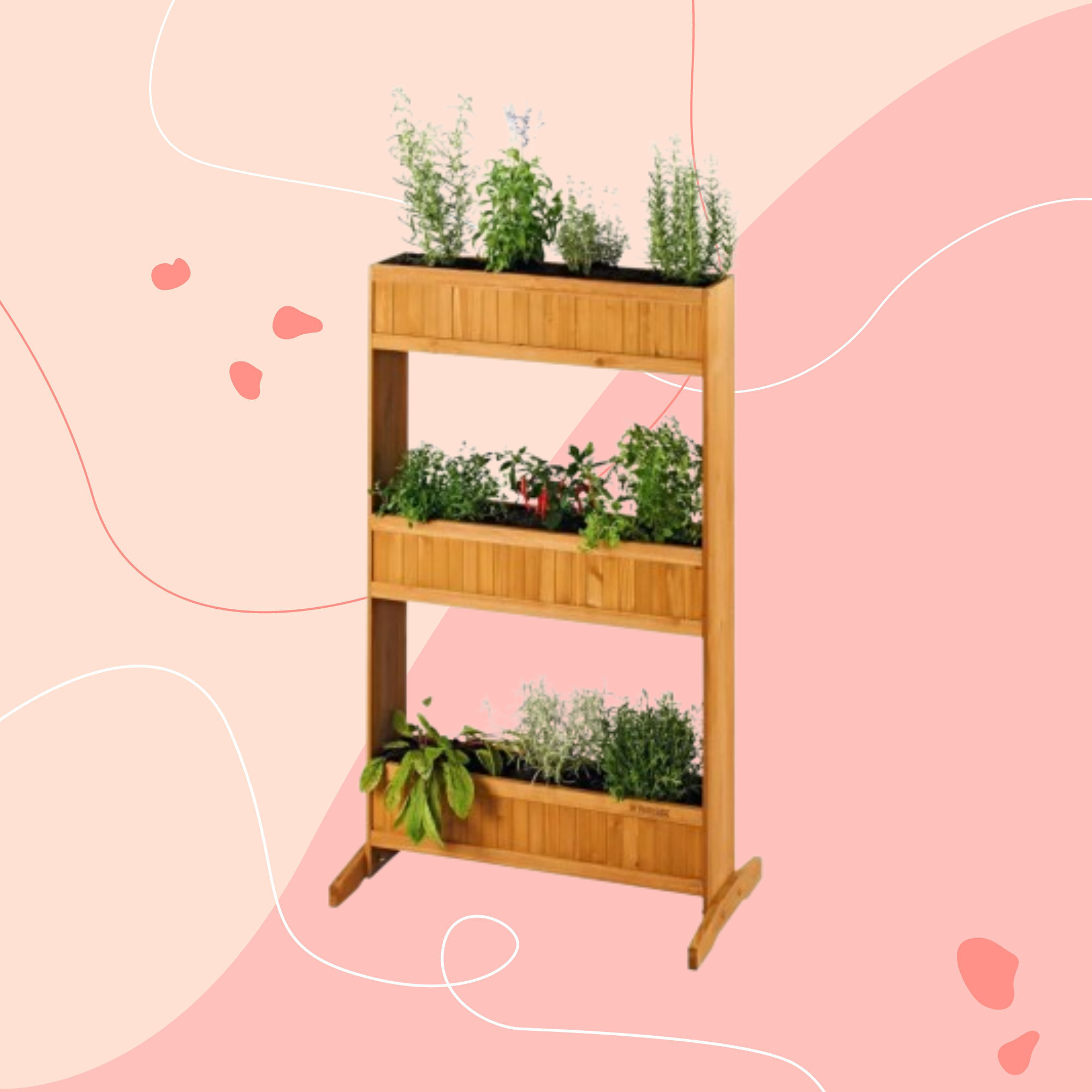 Lidl is selling a smart tiered planter that will unlock extra planting space in a tiny garden or balcony
Lidl is selling a smart tiered planter that will unlock extra planting space in a tiny garden or balconyWhy I've been eyeing this planter up for my tiny garden
By Kezia Reynolds
-
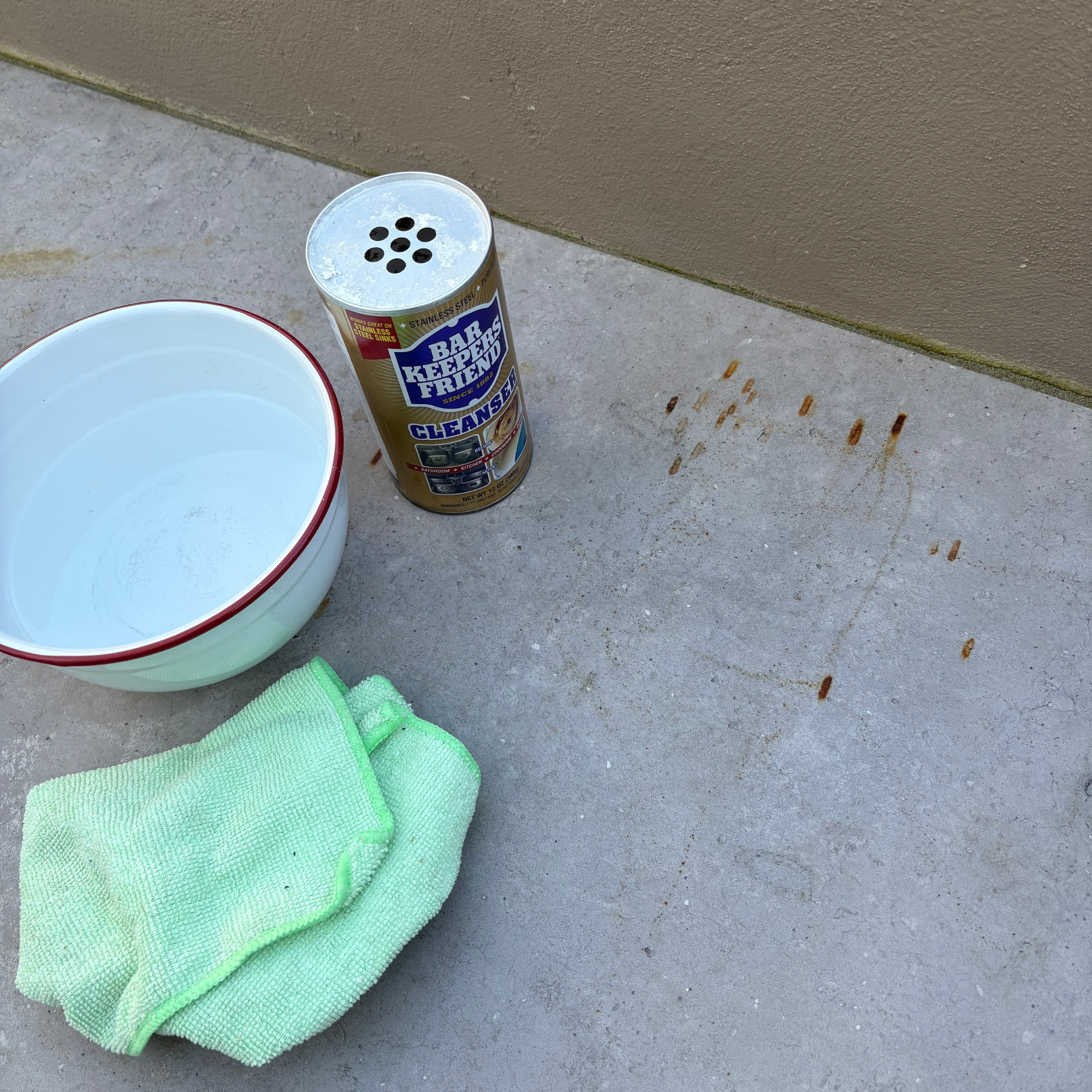 I’ve found the best solution for cleaning stains from a patio - and it’s only £8 on Amazon
I’ve found the best solution for cleaning stains from a patio - and it’s only £8 on AmazonThe stains practically vanish!
By Kezia Reynolds
-
 Lidl’s £15 sun sail is everything you need to create a shady oasis in your garden – and it’s on sale right now
Lidl’s £15 sun sail is everything you need to create a shady oasis in your garden – and it’s on sale right nowWith two stylish colours available, the sun sail will make a chic yet practical addition to any of your garden.
By Kezia Reynolds
-
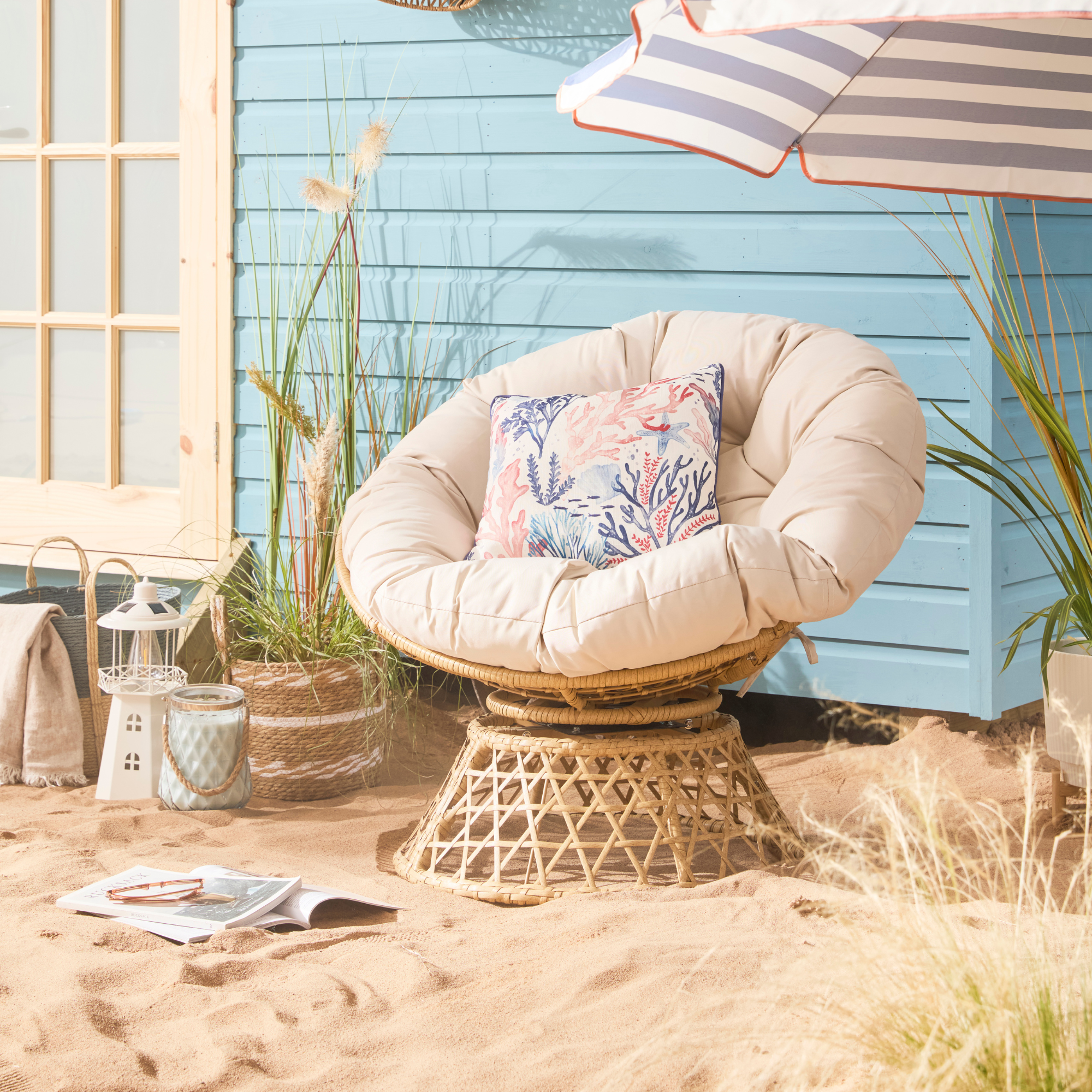 B&M has nailed 2025's breakout garden furniture trend - it's one of the most affordable and stylish I've seen
B&M has nailed 2025's breakout garden furniture trend - it's one of the most affordable and stylish I've seenGet the luxe look for less
By Kezia Reynolds
-
 I was shocked to discover a treasure-trove of designer-look garden furniture at La Redoute on sale right now – 6 chic standouts
I was shocked to discover a treasure-trove of designer-look garden furniture at La Redoute on sale right now – 6 chic standoutsGive your garden that high-end look
By Sara Hesikova

